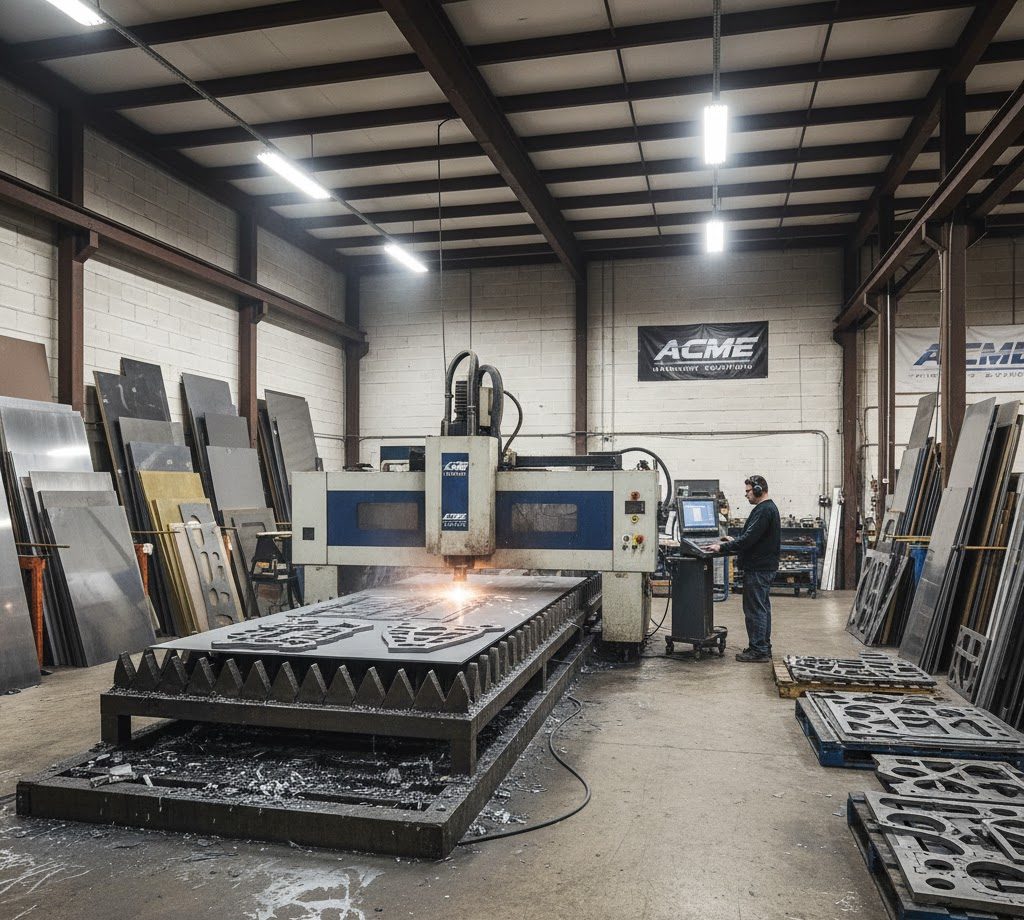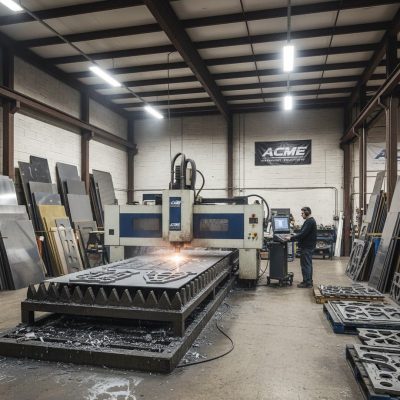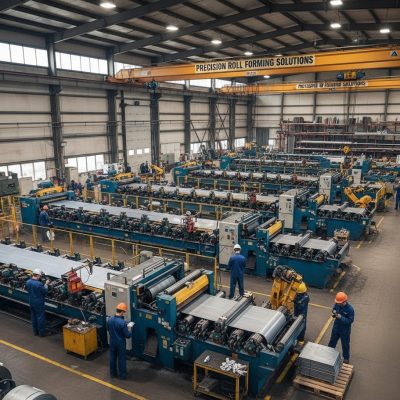In today’s fast-paced and unpredictable global market, small and mid-sized manufacturers (SMMs) face unique challenges in maintaining efficient and adaptable supply chains. From fluctuating demand to supply disruptions caused by geopolitical tensions or natural disasters, the need for agile and resilient supply chains has never been more critical. This blog post explores practical strategies for SMMs to design supply chains that are both flexible and robust, enabling them to thrive in a competitive landscape.
Understanding Agility and Resilience
Agility refers to a supply chain’s ability to quickly adapt to changes in demand, market conditions, or disruptions. For SMMs, this means being able to pivot production schedules, adjust inventory levels, or source alternative suppliers swiftly.
Resilience, on the other hand, is about building a supply chain that can withstand and recover from disruptions, such as supplier failures, transportation delays, or economic shifts. For SMMs with limited resources, achieving both agility and resilience requires strategic planning and innovative approaches.
Key Strategies for Agile and Resilient Supply Chains
1. Leverage Technology for Real-Time Visibility
Why it matters: Limited visibility into supply chain operations can hinder quick decision-making. Real-time data enables SMMs to monitor inventory, track shipments, and anticipate disruptions.
How to implement:
Adopt cloud-based supply chain management software tailored for SMMs, such as NetSuite or Odoo, which offer affordable solutions for inventory and order tracking.
Use Internet of Things (IoT) devices to monitor production and logistics in real time.
Implement demand forecasting tools to predict market trends and adjust operations proactively.
Example: A mid-sized electronics manufacturer uses IoT sensors to track raw material shipments, allowing them to reroute deliveries during port delays.
2. Diversify Supplier Networks
Why it matters: Relying on a single supplier or region increases vulnerability to disruptions. Diversifying suppliers spreads risk and enhances flexibility.
How to implement:
Build relationships with multiple suppliers across different geographic regions.
Prioritize local or regional suppliers to reduce lead times and transportation risks.
Regularly assess supplier performance to ensure reliability and quality.
Example: A small furniture manufacturer sources wood from multiple geographic regions can be more resilient to disruption, such as natural disasters like fires.
3. Optimize Inventory Management
Why it matters: Overstocking ties up capital, while understocking risks production delays. A balanced approach ensures flexibility without excessive costs.
How to implement:
Adopt a Just-in-Time (JIT) inventory system to minimize excess stock while ensuring timely availability.
Use safety stock strategically for critical components to buffer against disruptions.
Implement automated inventory tracking to reduce human error and improve accuracy.
Example: A mid-sized apparel manufacturer uses JIT to maintain lean inventory, supplemented by a small safety stock of high-demand fabrics to handle sudden order spikes.
4. Build Strong Relationships with Partners
Why it matters: Collaborative partnerships with suppliers, logistics providers, and customers foster trust and enable faster problem-solving during disruptions.
How to implement:
Communicate regularly with suppliers to align on expectations and share forecasts.
Negotiate flexible contracts that allow for adjustments in order volumes or delivery schedules.
Engage customers in demand planning to better anticipate needs.
Example: A small food processing company collaborates with local farmers to secure flexible delivery schedules, ensuring fresh ingredients even during seasonal shortages.
5. Invest in Workforce Training
Why it matters: A skilled and adaptable workforce is essential for responding to supply chain changes, from operating new technologies to managing unexpected challenges.
How to implement:
Provide cross-training to employees to handle multiple roles, increasing operational flexibility.
Train staff on supply chain software and data analytics to improve decision-making.
Foster a culture of problem-solving and innovation to empower employees during disruptions.
Example: A mid-sized metal fabricator trains workers to use both manual and automated machinery, allowing seamless shifts during equipment downtime.
6. Plan for Contingencies
Why it matters: Proactive planning minimizes the impact of disruptions. SMMs with limited resources must prioritize cost-effective contingency measures.
How to implement:
Develop a risk management plan identifying potential disruptions (e.g., supplier bankruptcy, natural disasters) and mitigation strategies.
Simulate supply chain disruptions to test response strategies and identify weaknesses.
Maintain a reserve fund or line of credit to cover unexpected costs.
Example: A small toy manufacturer creates a contingency plan to source alternative plastics during global supply shortages, ensuring uninterrupted production.
Balancing Cost and Efficiency
For SMMs, resource constraints make it critical to balance cost with agility and resilience. Here are tips to achieve this:
Start small: Begin with low-cost solutions like cloud-based software or local supplier partnerships before scaling up.
Prioritize high-impact areas: Focus on critical components or processes that, if disrupted, would halt production.
Leverage partnerships: Collaborate with industry associations or larger manufacturers to access shared resources, such as group purchasing or logistics networks.
Conclusion
Designing agile and resilient supply chains is not just a competitive advantage for small and mid-sized manufacturers—it’s a necessity in today’s volatile market. By leveraging technology, diversifying suppliers, optimizing inventory, building strong partnerships, investing in training, and planning for contingencies, SMMs can create supply chains that are both flexible and robust. These strategies, tailored to the unique needs and constraints of SMMs, enable them to navigate disruptions, meet customer demands, and drive long-term growth.
Start small, think strategically, and build a supply chain that empowers your business to thrive in any environment.
Get the White Paper: Streamlining Procurement Processes for SMB Manufacturers
Get instant access to our white paper on Must-Know Procurement Tips for SMB Manufacturers by filling out the form below.
Get in Touch
Learn more about Lasso supply chain solutions for SMB manufacturers
Please complete the form and we will be in touch as soon as possible.







